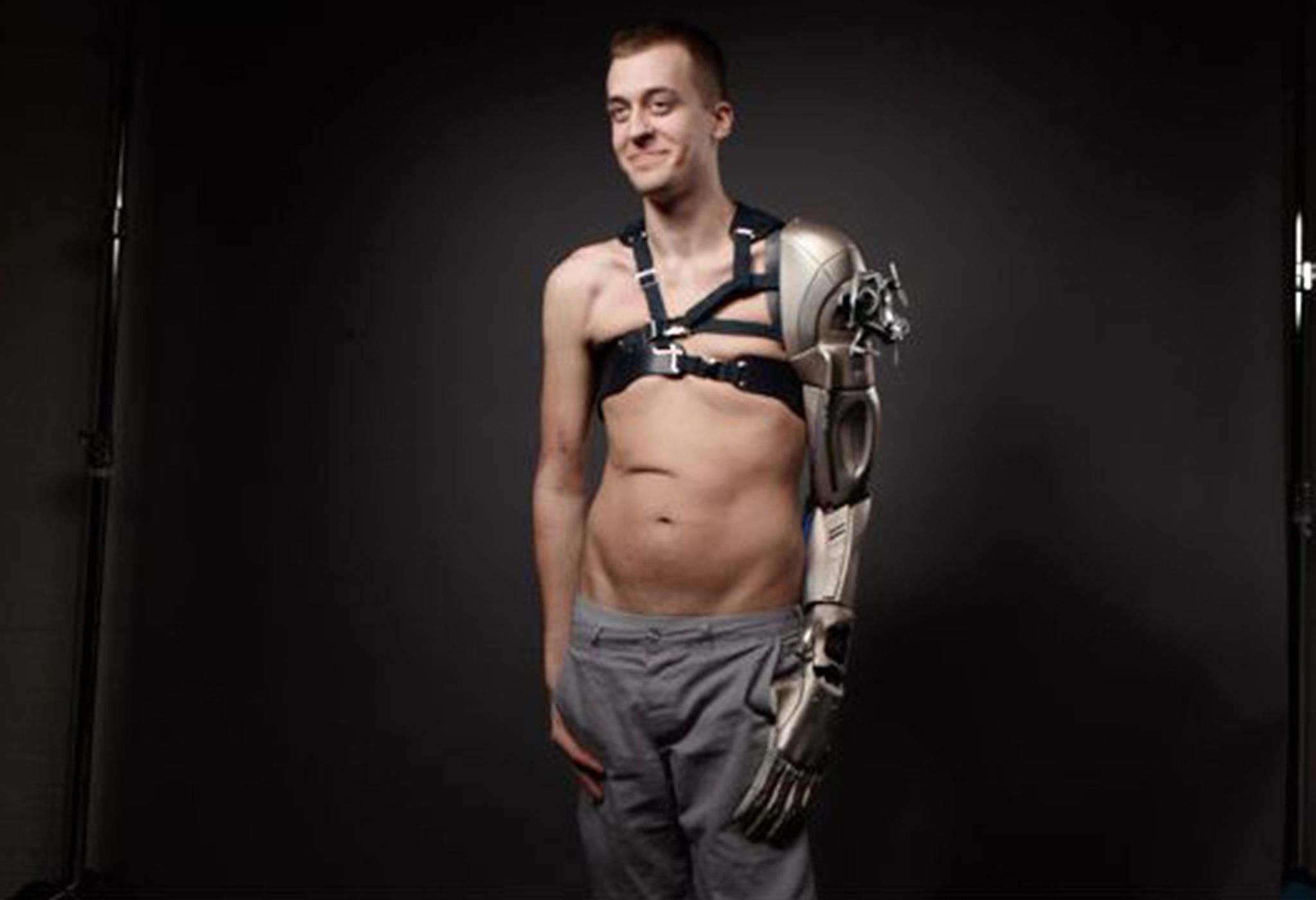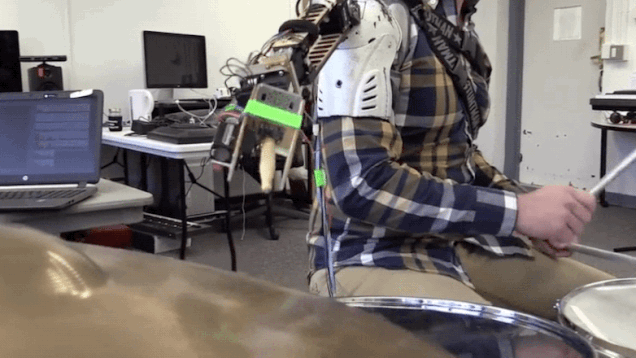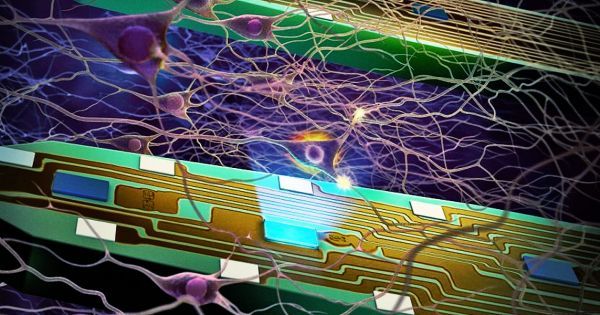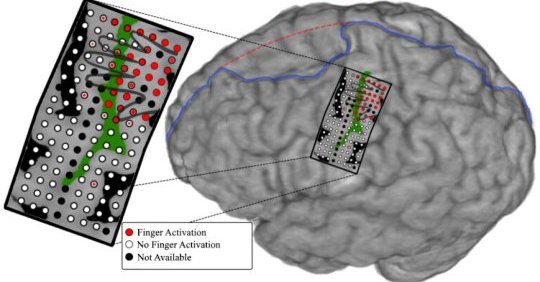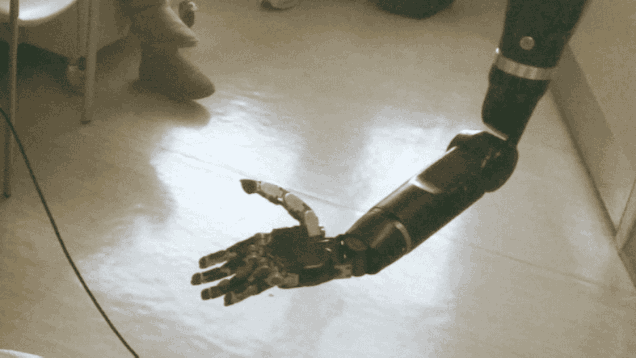Archive for the ‘cyborgs’ category: Page 118
Feb 22, 2016
Terence Mckenna’s ‘cyberdelic’ predictions for Virtual Reality 25 years on
Posted by Karen Hurst in categories: computing, cyborgs, life extension, neuroscience, transhumanism, virtual reality
Cannot wait to hear Mckenna’s perspective on BMIs for brain connection to all things digital, and microbots used to extend life as well as bionic body parts.
Famed psychonaut Terence Mckenna envisioned a very radical approach of bridging psychedelics with virtual reality to create a supercharged version of consciousness in which language, or rather the meaning behind what we speak, could be made visual in front of our very eyes.
In Mckenna’s “cyberdelic” future of virtual reality, artists and the revival of art, would be at the forefront of innovation, according to a talk he gave to a German audience in 1991.
Continue reading “Terence Mckenna’s ‘cyberdelic’ predictions for Virtual Reality 25 years on” »
Feb 22, 2016
Prosthetics: Amputee James Young unveils hi-tech synthetic arm inspired by Metal Gear Solid
Posted by Roman Mednitzer in categories: biotech/medical, computing, cyborgs, engineering
The job advertisement was highly specific: applicants had to be passionate about computer games and live in the UK. Oh, and they also had to be amputees who were interested in wearing a futuristic prosthetic limb.
James Young knew straight away he had a better shot than most. After losing an arm and a leg in a rail accident in 2012, the 25-year-old Londoner had taught himself to use a video-game controller with one hand and his teeth. “How many amputee gamers can there be?” he asked himself.
In the end, more than 60 people replied to the ad, which was looking for a games-mad amputee to become the recipient of a bespoke high-tech prosthetic arm inspired by Metal Gear Solid, one of the world’s best-selling computer games. Designed and built by a team of 10 experts led by London-based prosthetic sculptor Sophie de Oliveira Barata, the £60,000 carbon-fibre limb is part art project, part engineering marvel.
Feb 19, 2016
Three-Armed Cyborg Drummer Is the Killer Beat Machine of the Future
Posted by Sean Brazell in categories: cyborgs, media & arts, robotics/AI, wearables
Seeking to “push the limits of what humans can do,” researchers at Georgia Tech have developed a wearable robotic limb that transforms drummers into three-armed cyborgs.
The remarkable thing about this wearable arm, developed at GT’s Center for Music Technology, is that it’s doing a lot more than just mirroring the movements of the drummer. It’s a “smart arm” that’s actually responding to the music, and performing in a way that compliments what the human player is doing.
The two-foot long arm monitors the music in the room, so it can improvise based on the beat and rhythm. If the drummer is playing slowly, for example, the arm will mirror the tempo.
Feb 18, 2016
New Wireless Neural Implant Transmits Brain Signals to Prosthetic Limbs
Posted by Shailesh Prasad in categories: biotech/medical, computing, cyborgs, neuroscience
A new chip designed for the brain is now wireless. Now that it is no longer connected using wires, will it compromise its accuracy?
The Nanyang Technological University in Singapore has developed a smart chip that can be used for neural implants in order to wirelessly transmit brain signals to the rest of the body with 95% accuracy. These neural implants, and the data that they register, are expected to help curtail symptoms of diseases like Parkinson’s, and they could also help paraplegic patients move their prosthetic limbs.
For operations, external devices can use the the 5mm by 5mm chip to receive and analyze data before sending back important details, instead of sending the entire data stream all at once. This drastically decreases its power consumption, making the tech far more viable.
Feb 16, 2016
Mind-Controlled Prosthetics: New Study Allows Patient To Move Fingers With Mind
Posted by Karen Hurst in categories: biotech/medical, cyborgs, materials, neuroscience
With the success of Graphene as a material for BMI plus the new micro stints that can travel through blood cells to the brain; prosthetic technology is only going to continue to improve to maybe even a point where some athletes may wish to have physical and endurance capabilities improved through this type of technology if it is approved and allowed by the various athletic associations.
A team of researchers has demonstrated the first-ever successful prosthetic arm that can control individual fingers with thoughts.
Feb 16, 2016
Brain Implant Will Let Amputees Move Individual Fingers on Prosthetics With Thoughts Alone
Posted by Sean Brazell in categories: biotech/medical, cyborgs, engineering, neuroscience, singularity
Amazing.
The Singularity isn’t NEAR…
It’s in progress.
Feb 10, 2016
Inside SU’s First Salon: Lab-Grown Organs, Cybersecurity, and AI Music Apps
Posted by Karen Hurst in categories: computing, cyborgs, food, media & arts, quantum physics, robotics/AI, singularity, transhumanism
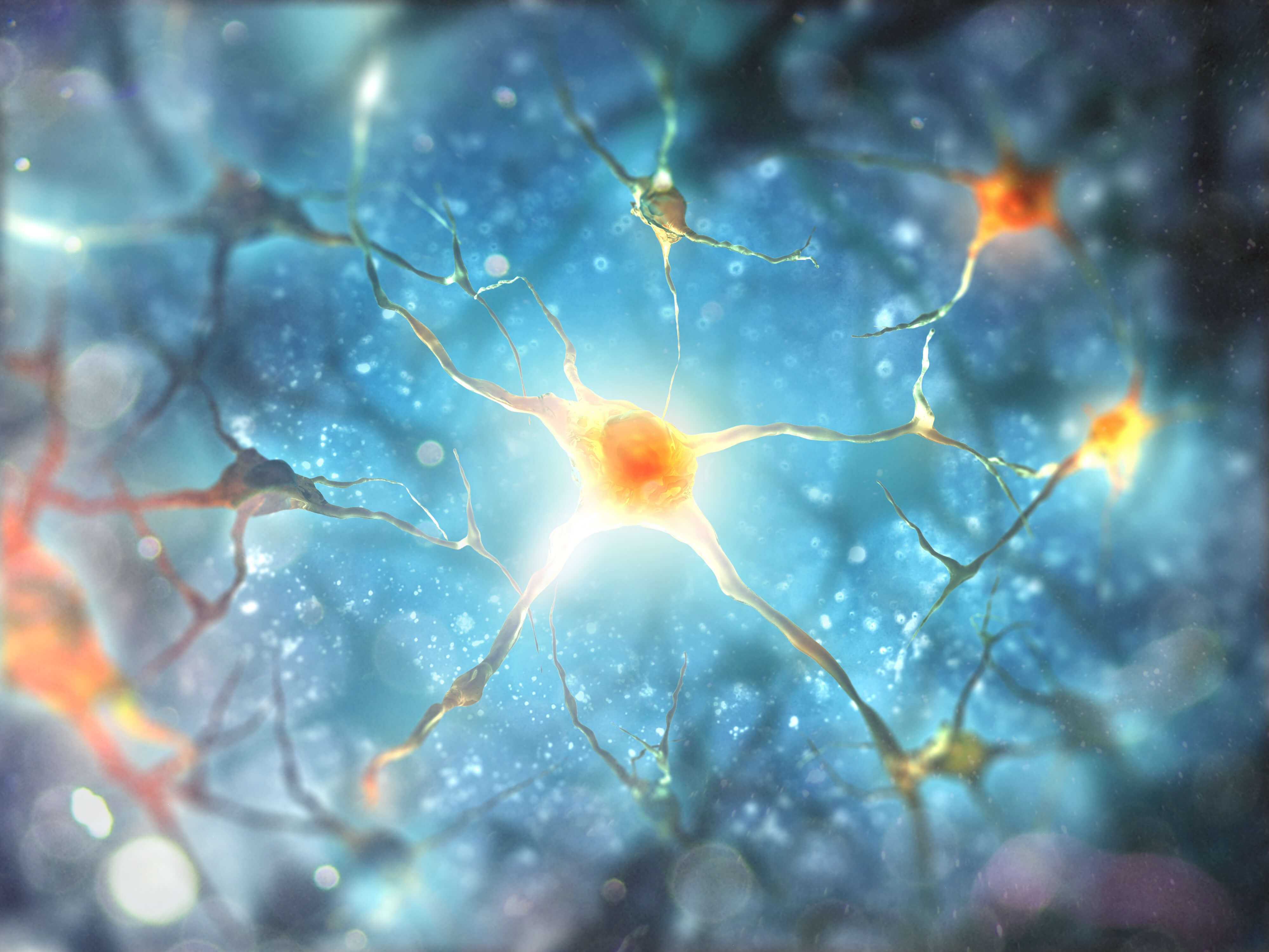
“We will find new things everywhere we look.” –Hunter S. Thompson
At the rate of 21st century technological innovation, each year brings new breakthroughs across industries. Advances in quantum computers, human genome sequencing for under $1,000, lab-grown meat, harnessing our body’s microbes as drugs, and bionic eye implants that give vision to the blind —the list is long.
Continue reading “Inside SU’s First Salon: Lab-Grown Organs, Cybersecurity, and AI Music Apps” »
Feb 9, 2016
Bionic Spine
Posted by Shailesh Prasad in categories: biotech/medical, cyborgs, transhumanism
Feb 9, 2016
Scientists Found a Way to Control Machines With Your Mind, No Brain Surgery Required
Posted by Shailesh Prasad in categories: biotech/medical, cyborgs, military, neuroscience
The US military is looking for ways to insert microscopic devices into human brains to help folks communicate with machines, like prosthetic limbs, with their minds. And now, DARPA’s saying scientists have found a way to do just that—without ripping open patients’ skulls.
In the DARPA-funded study, researchers at the University of Melbourne have developed a device that could help people use their brains to control machines. These machines might include technology that helps patients control physical disabilities or neurological disorders. The results were published in the journal Nature Biotechnology.
In the study, the team inserted a paperclip-sized object into the motor cortexes of sheep. (That’s the part of the brain that oversees voluntary movement.) The device is a twist on traditional stents, those teeny tiny tubes that surgeons stick in vessels to improve blood flow.


